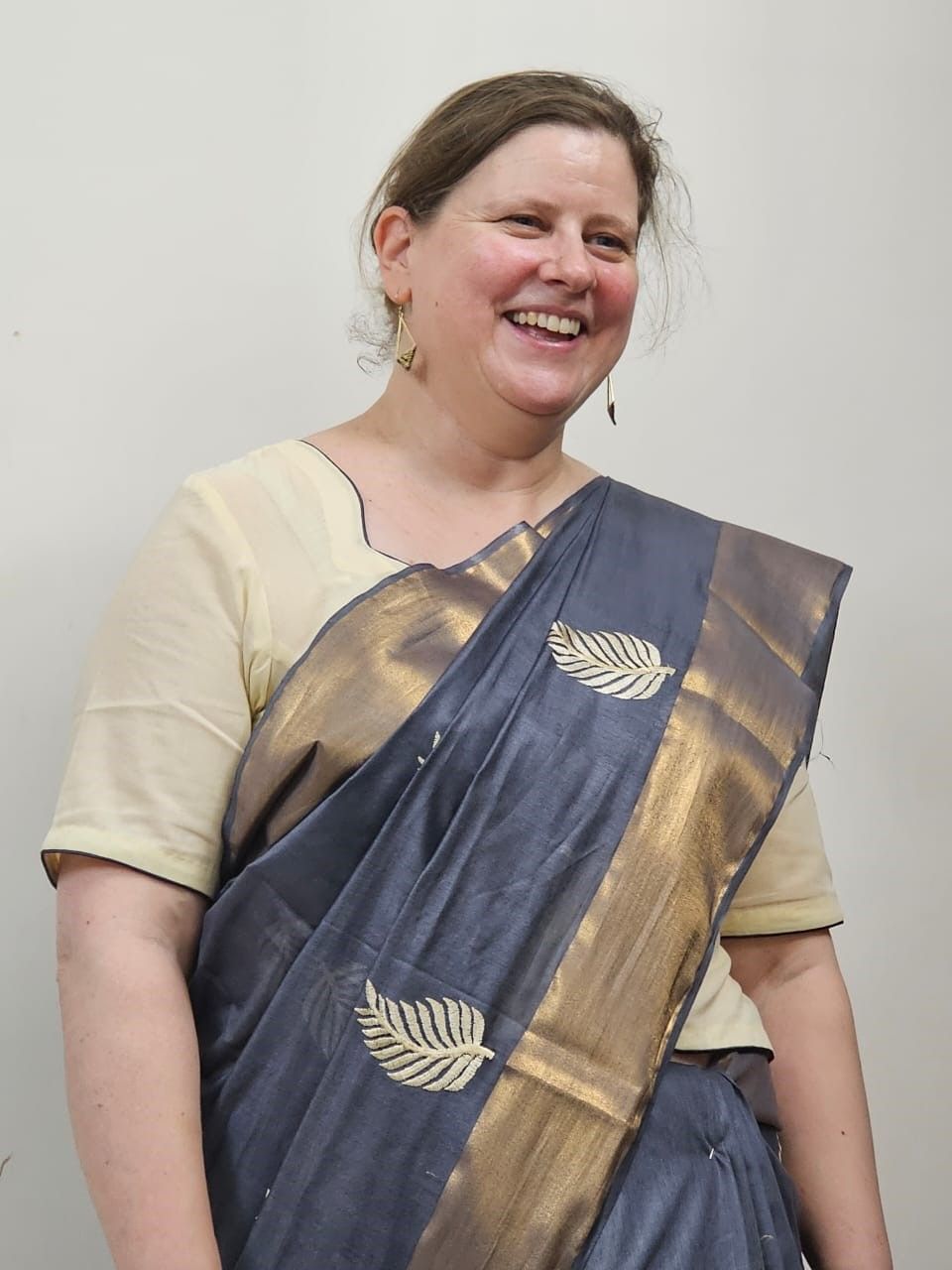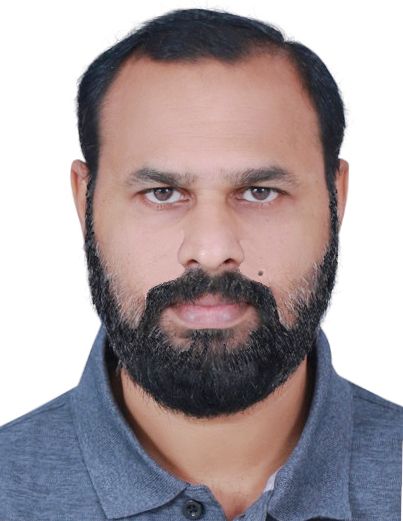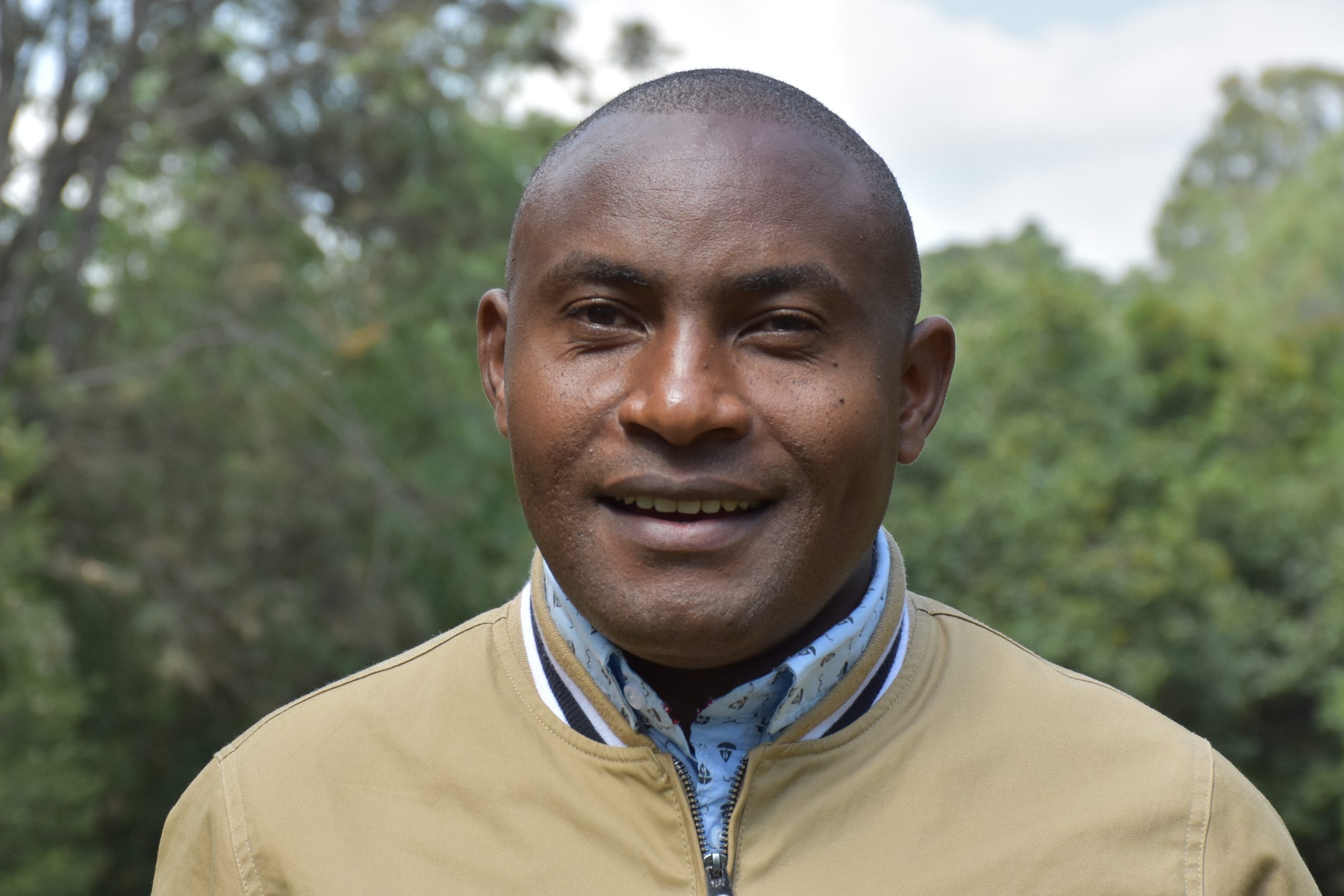Satyam Saxena
Satyam Saxena is an economist with research interests in the economics of sustainable agriculture. Since joining CIMMYT-India in 2022, he has primarily focused on assessing the impacts of resource use, productivity, and farmers’ livelihoods. Prior to his role at CIMMYT, Satyam was a research officer at the Indian Institute of Management, Ahmedabad (2019-2022), where he contributed to the UN-SDSN FABLE Pathways project, which aims to develop sustainable food and land use systems.
Satyam holds a master’s degree in economics from the University of Petroleum and Energy Studies, Dehradun, and a bachelor’s degree in commerce from the University of Delhi. His research has been published in several peer-reviewed journals and book chapters, contributing to the academic discourse on sustainable development.












